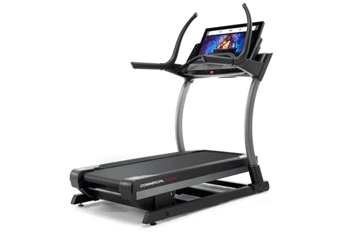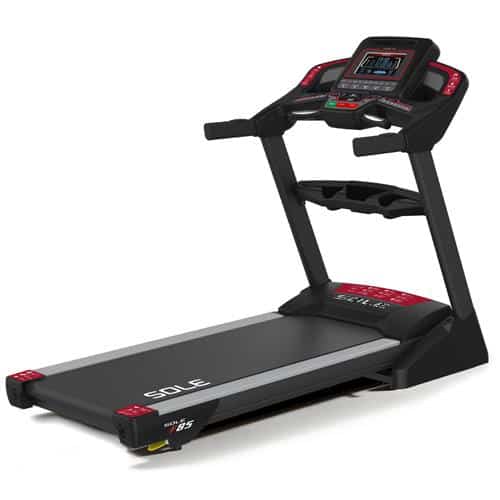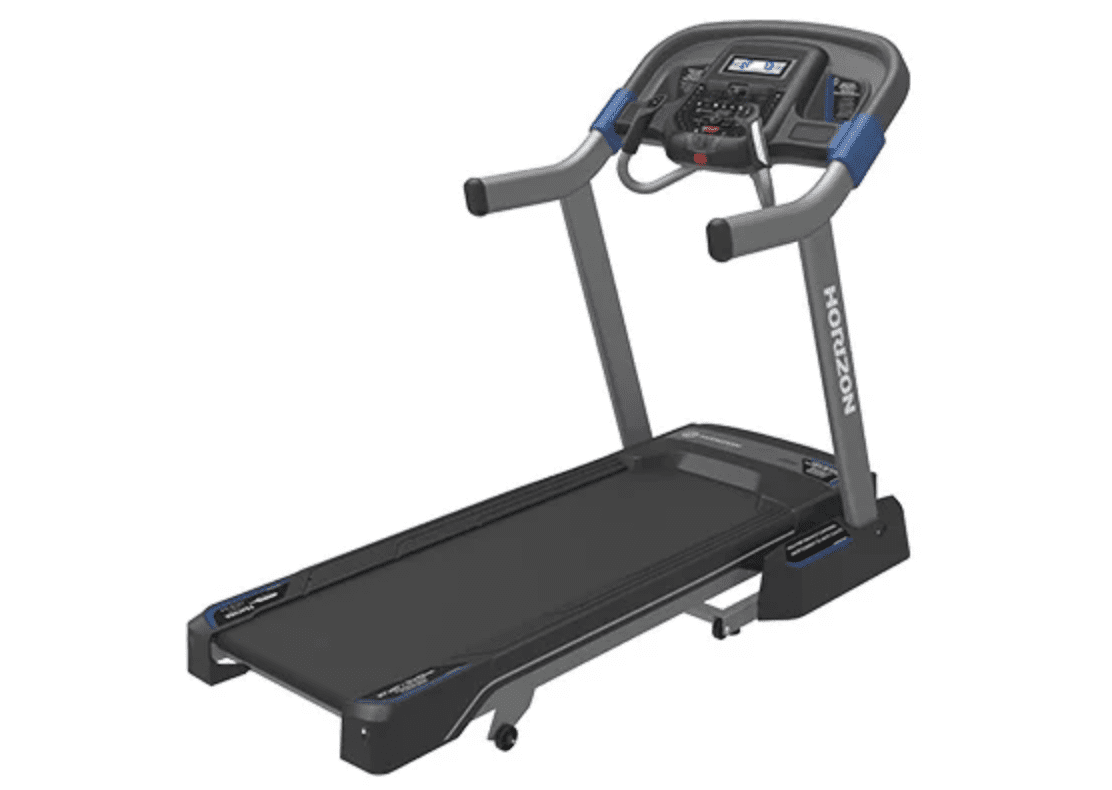Table of Contents
Take the Mystery Out of Calorie Counting for Weight Loss
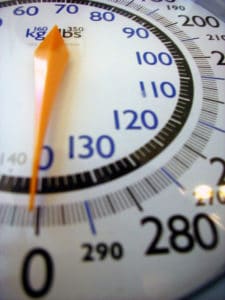
The diet list goes on and on!
Some of these diets work and some of them just don’t. Stubborn belly fat remains and frustrations go through the roof. All of these diets try to fix a problem without fulling explaining the science (or perhaps we should say math) behind weight loss.
Calories in and calories out. It’s really pretty simple…
How to Find Your Basal Metabolic Rate
Your body needs a certain number of calories each day just to stay alive. These are the calories you would burn if you spent the entire day on the couch watching Netflix.
We find this Basal Metabolic Rate (BMR) value using something called the Harris-Benedict equation. It takes into account your gender, age, height, and weight. Find your own BMR using this calculator.
To make it easy, here are the numbers written out for women:
BMR = 655 + (4.35 x weight in pounds) + (4.7 x height in inches) – (4.7 x age in years)
Using this equation, a 5’7” woman named Annie who is 35 years old and weighs 160 pounds would have a BMR of 1501 calories. This is the number of calories her body uses each day for basic bodily functions.
A body is just like a fire that needs fuel to burn. More activity throughout the day means the body is going to need more fuel (or calories) to operate.
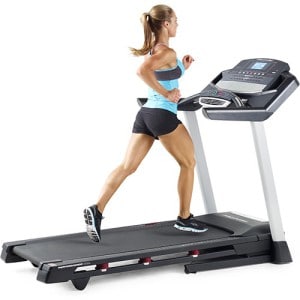
Sedentary – (little or no exercise) BMR x 1.2
Light Activity – (light sports/exercise 1-3 days a week) BMR x 1.375
Moderate Activity – (moderate sports/exercise 3-5 days a week) BMR x 1.55
Very Active – (hard sports/exercise 6-7 days a week) BMR x 1.725
Extra Active – (very hard sports/exercise, physical job like military) BMR x 1.9
Multiply the activity factor by your BMR to get the actual number of calories you need each day to maintain your weight. Annie likes to exercise 5 days a week with regular runs and strength training so she falls into the Moderate Activity group.
Take her BMR of 1501 x 1.55. Annie needs to eat about 2326 calories each day to MAINTAIN her weight.
How to Lose Weight Using this Information
Now let’s use this information to figure out how to help Annie lose weight. She wants to lose 5 lbs so she needs to eat LESS than 2326 calories each day.
So how much less should she eat? This depends a bit on how strict she wants to be. If she’s hoping to lose 2 lbs a week, then she should eat a 1000 calorie deficit.
We found this number because it takes 3500 calories to burn 1 pound of fat. Spread this out over 7 days and a person needs to eat 500 fewer calories each day for 7 days to lose one pound. To lose 2 lbs, we double this amount.
If this seems too severe, she could back off and aim to eat just 500 calories fewer each day for a target of 1826 calories per day.
Now remember, this is assuming she is doing 3-5 “moderate” (high calorie burning) workouts per week. She can’t slack off on exercising and still be okay on this number of calories.
You’ll notice that some online calorie counting programs recommend a much lower calorie value. This is because they initially exclude your exercise routine in the calorie counts. When you manually enter in workouts, they will give you ‘credit’ for this exercise in the form of more calories that day.
It is a generally accepted rule that it’s okay to aim for 2 lbs of weight loss per week. Also, women should never eat fewer than 1200 calories in a day or men eat fewer than 1500 calories. Otherwise your body will go into starvation mode and become more efficient at holding onto calories.
Other Factors that Affect Weight Loss
There are other factors that play a role in your weight loss. Your type of exercise, your particular eating habits, how much weight you have to lose, and even genetics play a role. Plus, individuals who are over the age of 40 may be experiencing somatopause, which makes it harder to lose weight.
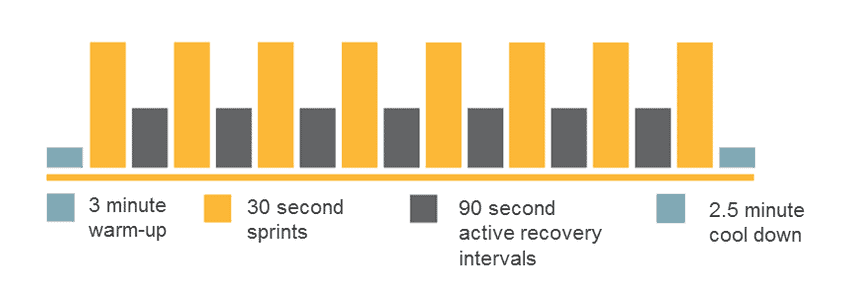
High Intensity Interval Training
For example, compared to regular cardio, high intensity interval training (HIIT) and resistance training will help you burn more calories throughout the day even after you’ve stopped exercise.
A diet that is higher in protein will burn more calories than one higher in carbohydrates or fats. This because your body has to work harder to digest this type of food.
A person who is very muscular is going to require more calories than a person of equivalent weight with a very high body fat percentage.
Finally, remember that these calorie amounts are just estimates. Each person has their own individual metabolism that is going to play role in how easily they are able to lose weight. If you are not seeing progress, experiment with slightly different calorie amounts until you find what works best for you.
How to Lose Weight with Calorie Counting
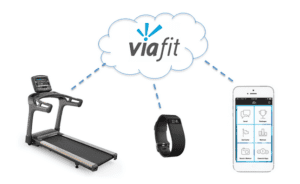
These online calorie trackers will help you keep track of daily food consumption and research calorie amounts from a wide database of foods. Plus, you can log workouts so you get credit for a day’s exercise.
There are several brands of treadmills that have technology to integrate with these types of apps. For example, ViaFit from Horizon Fitness will sync with MyFitnessPal so you can count calories and log treadmill runs all on the same platform.
The nice thing about this method of weight loss is the lack of guesswork. You don’t need to hope that a certain combination of food and exercise is going to finally make a difference. Just eat clean healthy foods and stay active while counting calories.
It will work.
Here are a few tips to help you stay on track so you see regular progress.
- Keep a Food Log – If you just keep a mental note of how much you are eating throughout the day, we can almost guarantee you’ll eat more than you think. The smallest of snacks adds up until suddenly you are eating 500 or even 1000 more calories than you thought. Do yourself a favor and keep a log. Again, we highly recommend free online tools or treadmill fitness tracking programs like ViaFit, MyLiveLight, and iFit Live.
Measure Your Food – One big scoop of peanut butter many look like about 2 tablespoons, but are you sure? Peanut butter has around 210 calories in 2 tablespoons (which equals 32g) and is one of the most calorie dense (and delicious) foods you could mess up. Invest $20 in a food scale so you can measure out exactly how much you are spreading on your toast.
- Use a Fitness Tracker – There are a number of wearable fitness devices out there that will help you keep track of how many steps you take and calories you burn each day through exercise. Plus, your treadmill likely has a fitness tracker like ViaFit or iFit Live to help you find your calories burned. It has been proven over and over that those who track their exercise make better and faster progress towards their goals.
- Reward Yourself – What can you give yourself each week to reward yourself for a job well done? Perhaps you can go five days of eating within your calorie range, and then give yourself a healthy treat on the weekend. Better yet, find a non-food goal like a fun movie night or a massage to celebrate a week of good choices.
- Be Patient – Remember that this is a marathon, not a sprint. Don’t be discouraged by a fluctuating weight from day to day. Our bodies can change weight based on things like current hydration levels or time of day.
If you are sticking to the plan and don’t see results, then perhaps you need to experiment with more exercise or a different calorie goal. A physician may also be able to help you identify any underlying health issues that may be affecting your weight loss progress.
Use the math, be honest with your tracking, and you are bound to make progress. Hopefully this information will help take some of the mystery out of weight loss.
Learn more about losing weight if you are over the age of 40 years.

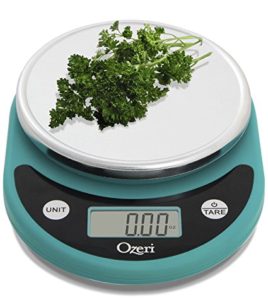 Measure Your Food – One big scoop of peanut butter many look like about 2 tablespoons, but are you sure? Peanut butter has around 210 calories in 2 tablespoons (which equals 32g) and is one of the most calorie dense (and delicious) foods you could mess up. Invest $20 in a food scale so you can measure out exactly how much you are spreading on your toast.
Measure Your Food – One big scoop of peanut butter many look like about 2 tablespoons, but are you sure? Peanut butter has around 210 calories in 2 tablespoons (which equals 32g) and is one of the most calorie dense (and delicious) foods you could mess up. Invest $20 in a food scale so you can measure out exactly how much you are spreading on your toast.